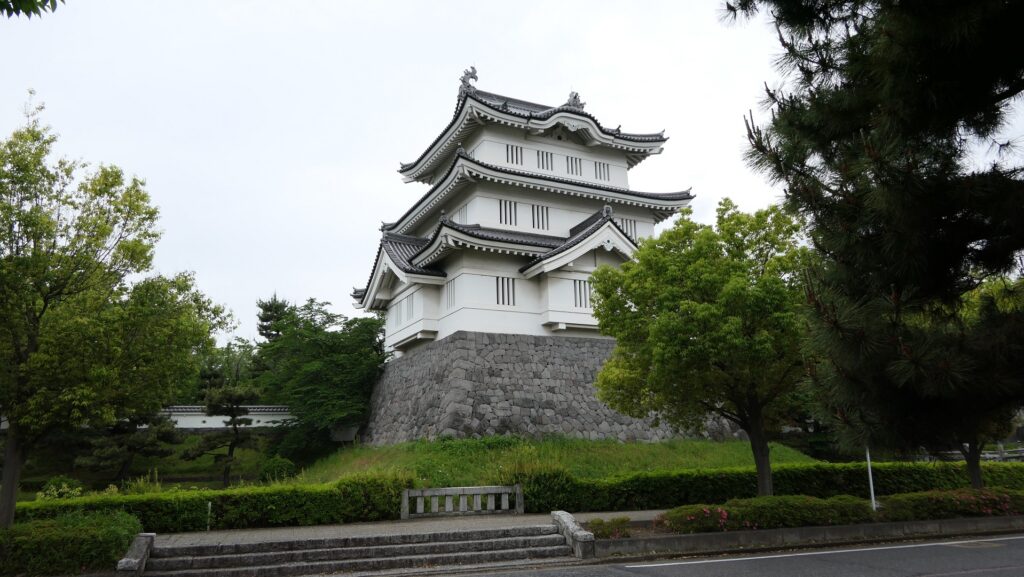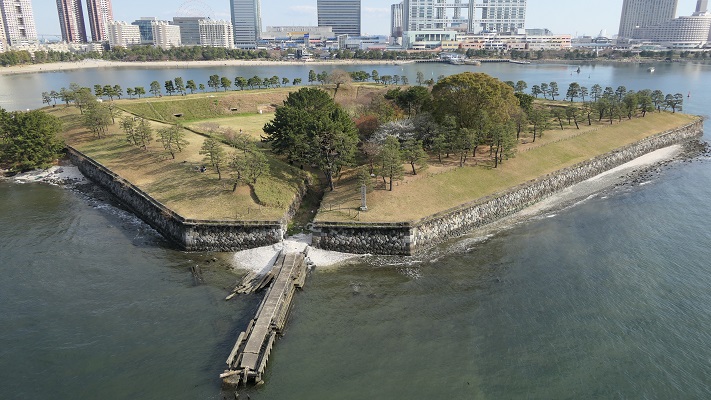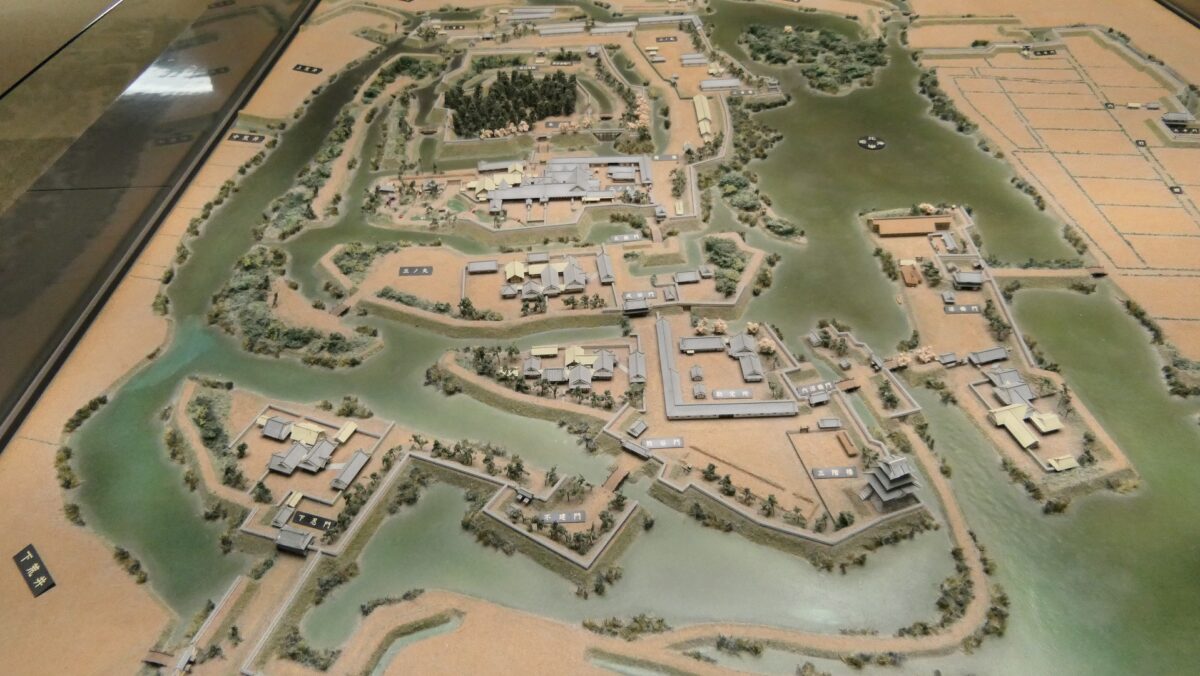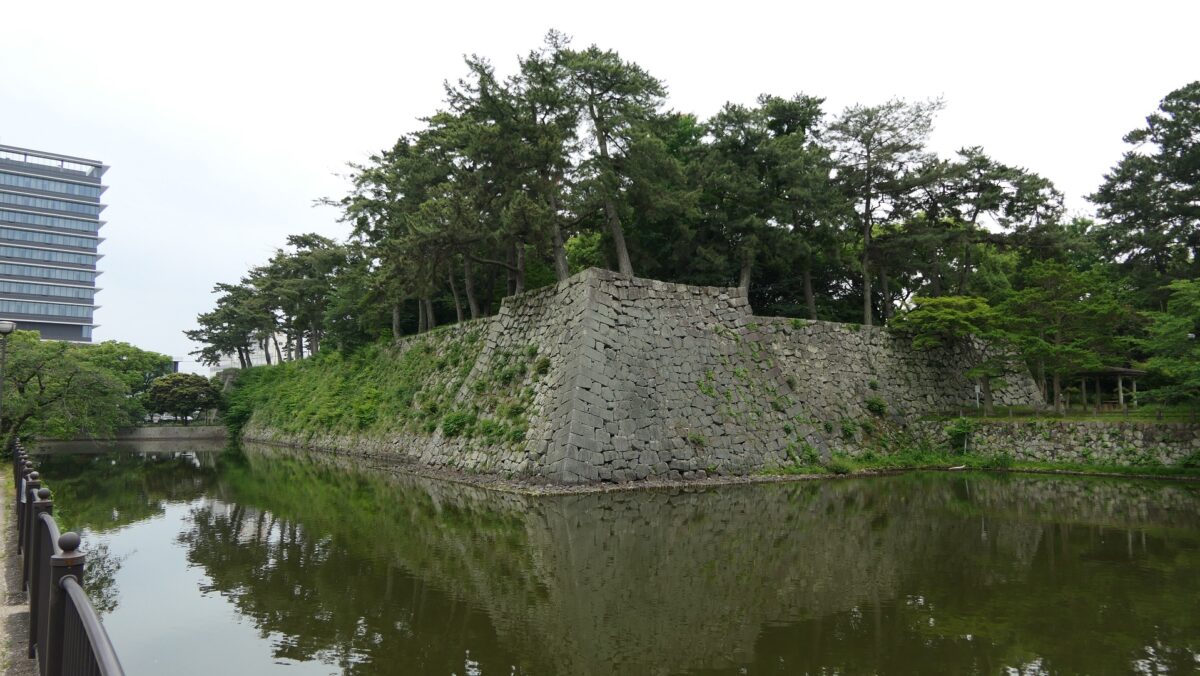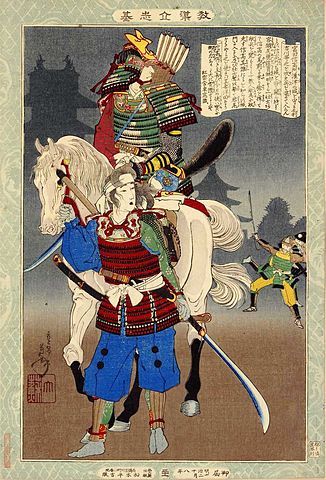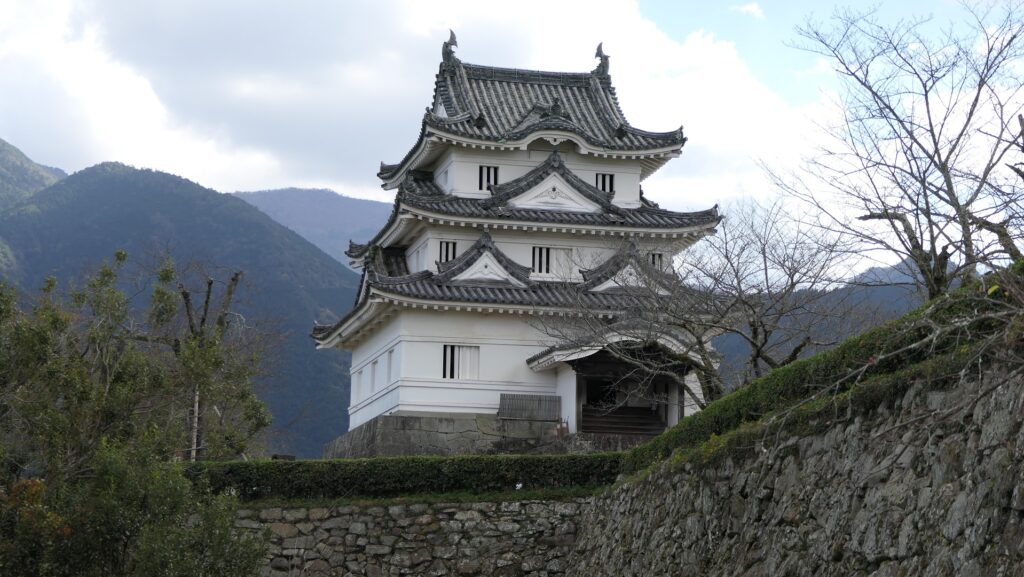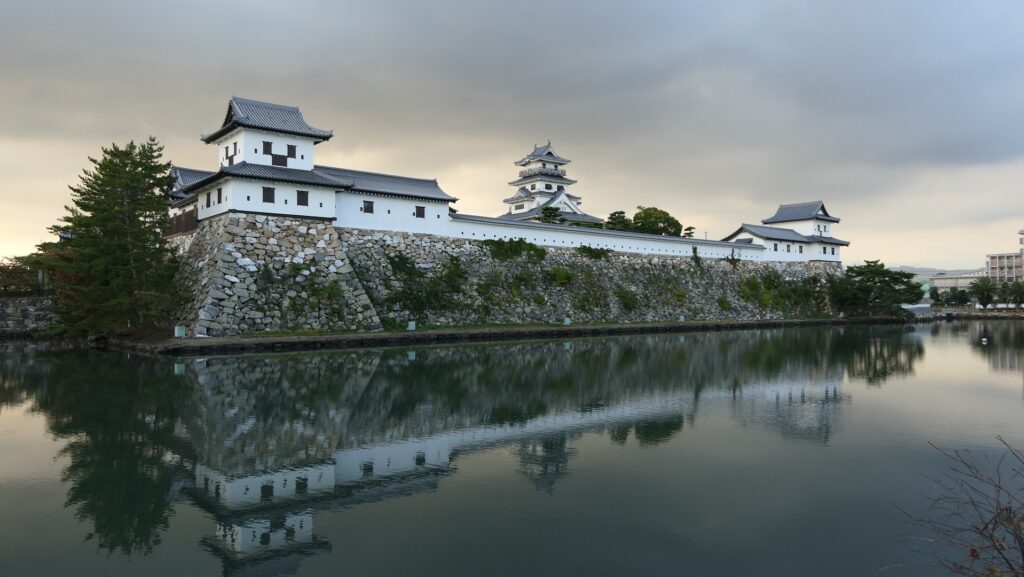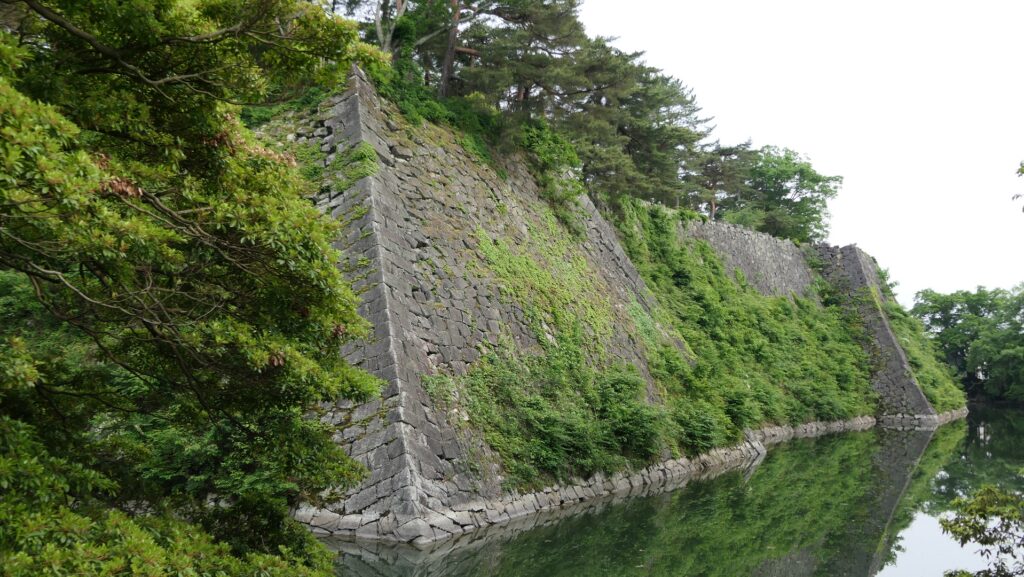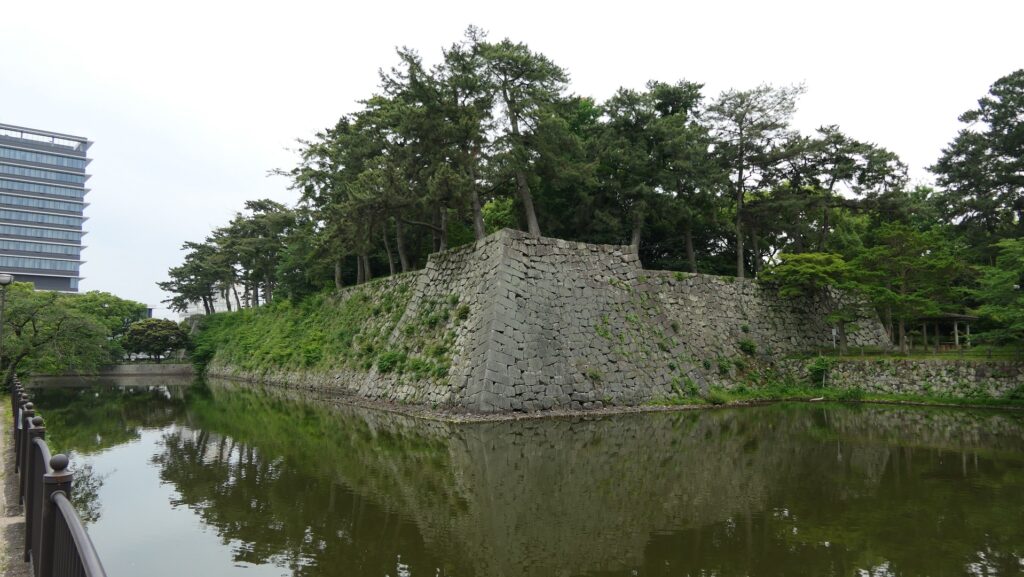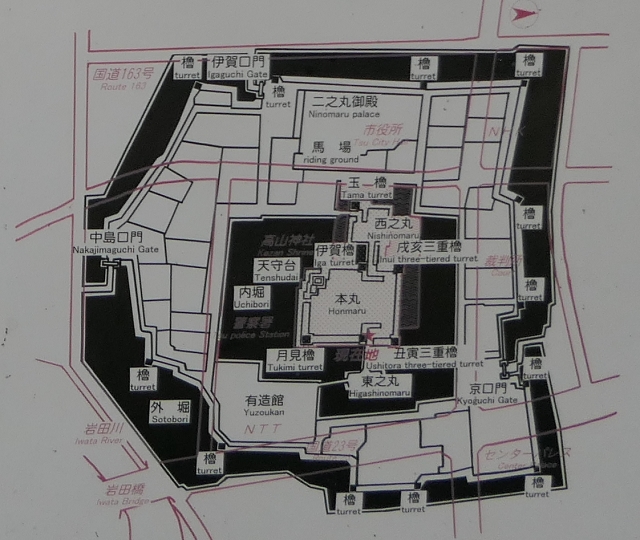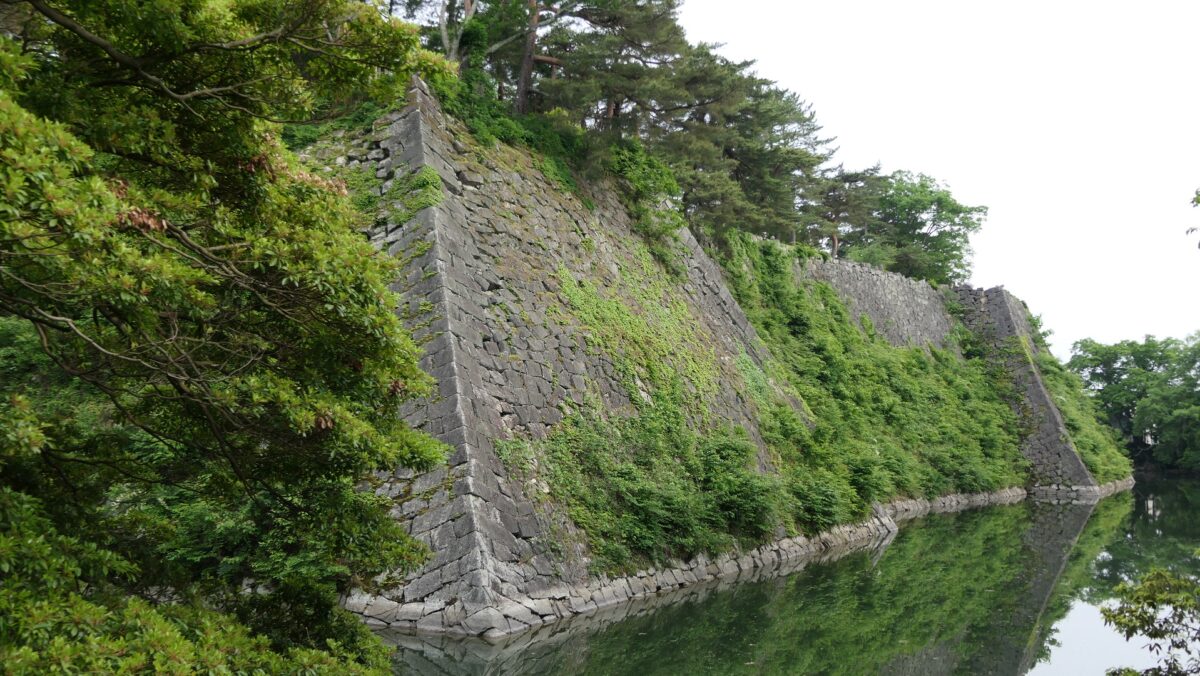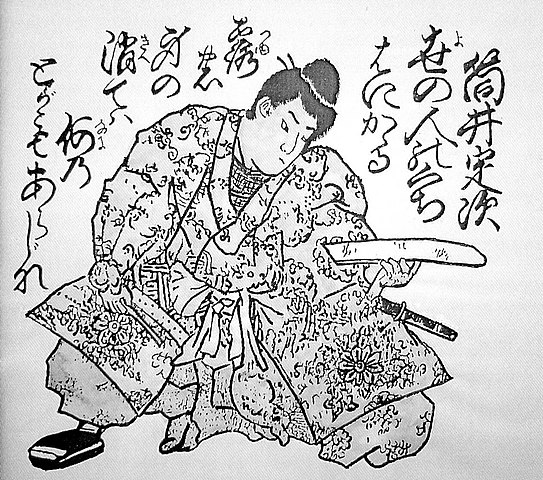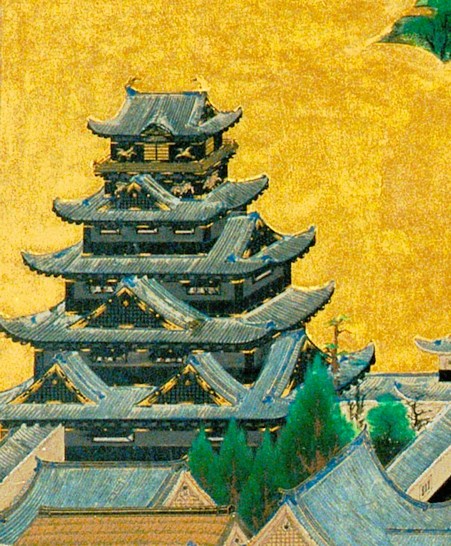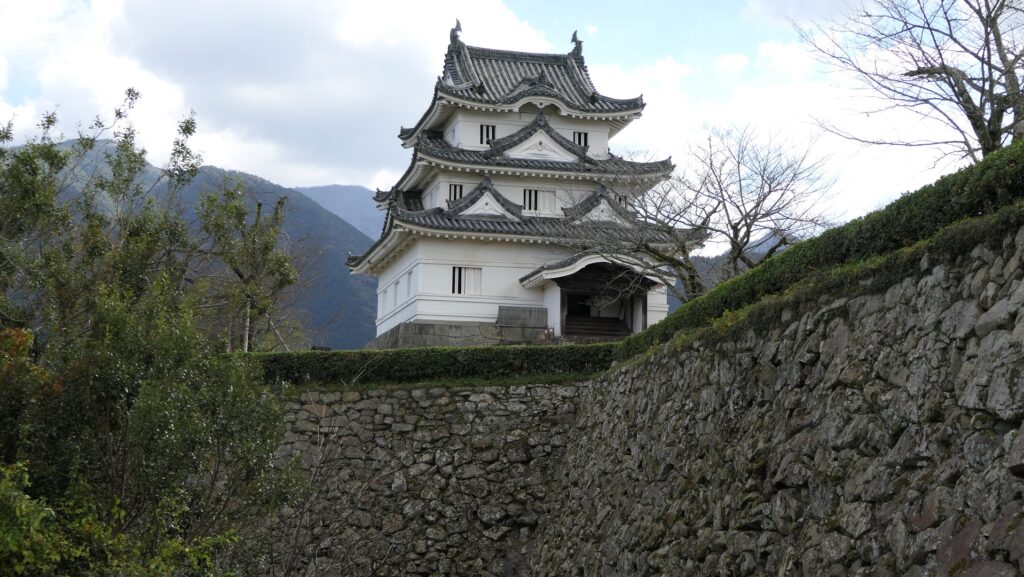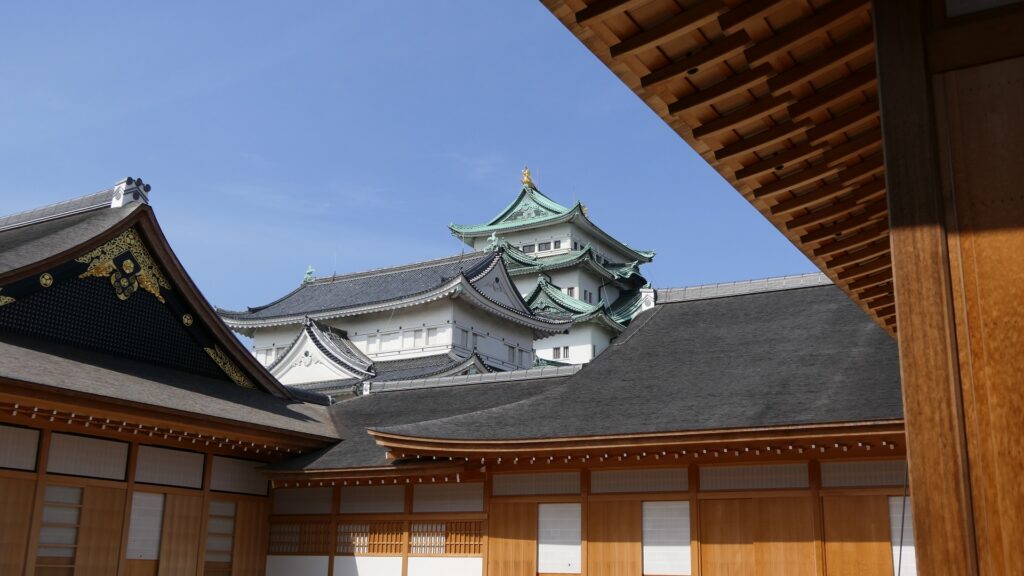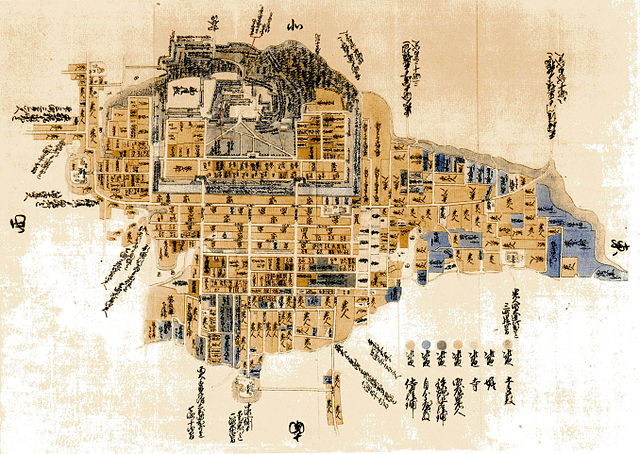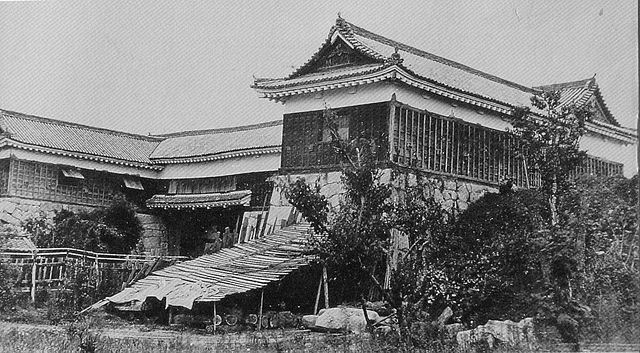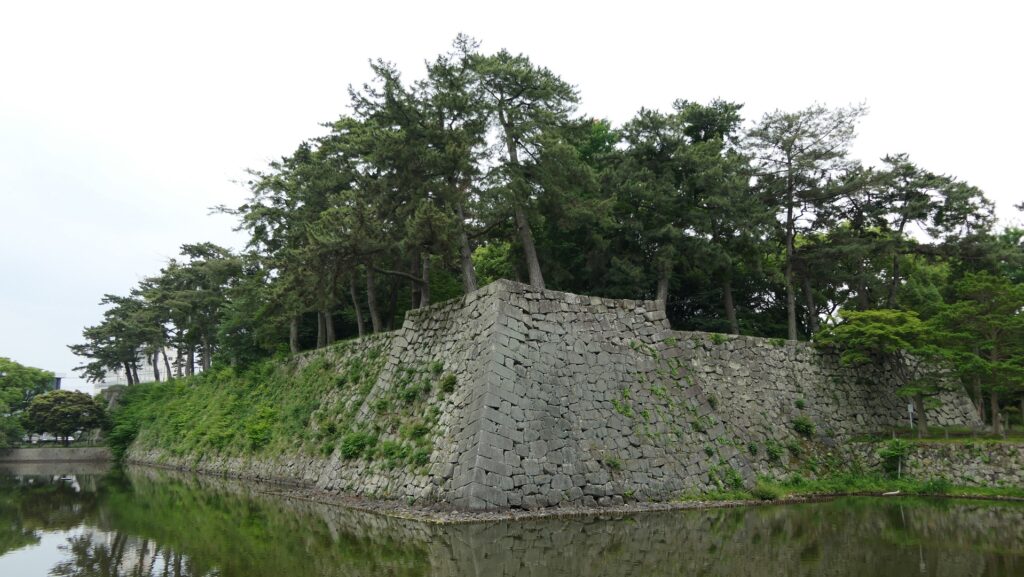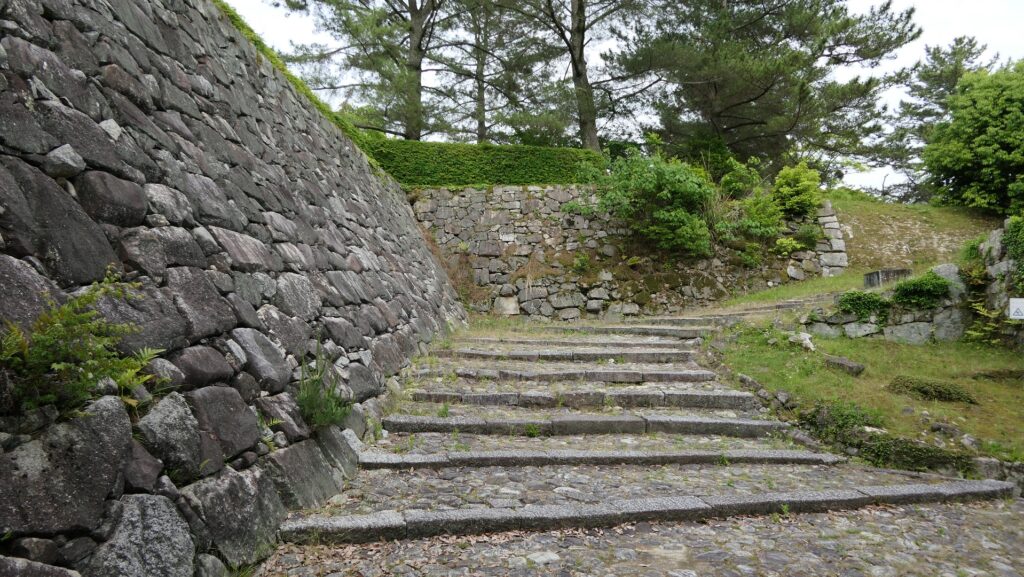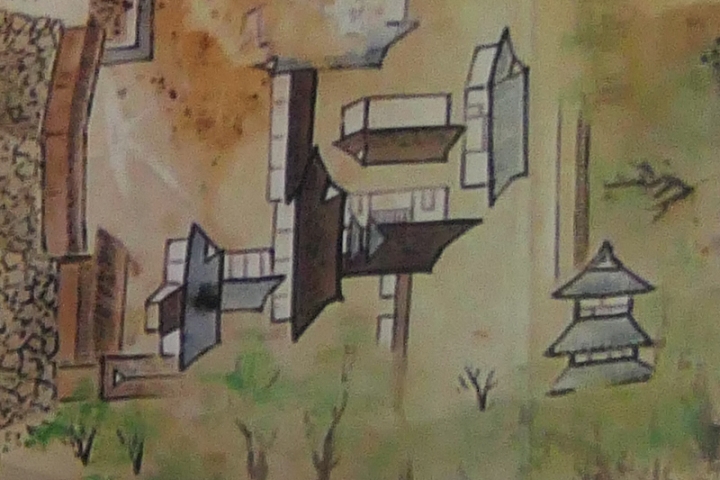Location and History
Narita Clan builds Castle using Marshes between rivers
Gyoda City is located in the northern part of Saitama Prefecture, which is sandwiched by two large rivers in the Kanto Region, Tonegawa and Aarakawa Rivers. The land of the city is very flat and has been developed for living comfortably, however, it was marshy and waterlogged in the Middle Ages due to its terrain and flood from the rivers. The Narita Clan governed the area, which was called Oshi, in the 15th and 16th Centuries during the Sengoku Period. It is said that the clan first built Oshi Castle in the late 15th Century. Many battles happened in the Kanto Region at that time, so local lords needed to protect themselves by building strong castles. Some built mountain castles such as Minowa Castle for the Nagano Clan and Kanayama Castle for the Iwamatsu Clan. On the other hand, the Narita Clan’s choice was to build a Water Castle, using the area’s features of islands among the marshes and natural levees along the rivers. The castle’s enclosures were connected by paths on bridges and earthen walls.
The range of Gyoda City and The location of the castleThe strength of the castle was actually proven when Hideyoshi Toyotomi invaded the Kanto Region to complete his unification of Japan in 1590. The whole region had been governed by the Hojo Clan which the Narita Clan served then. The Hojo Clan ordered their branches including Oshi Castle to gather soldiers to their home base, Odawara Castle to against Hideyoshi. Ujinaga Narita, the lord of Oshi Castle had to leave it for Odawawa, so few defenders were left in the castle, under the castle keeper, Nagachika Narita, Ujinaga’s cousin. Hideyosi attacked the Hojo’s territory with over 200,000 soldiers, sending troops to not only Odawara Castle but also branch castles. For example, Kanayama Castle where a magistrate from the Hojo governed was easily open by the troops. However, the only 500 defenders with 2500 residents in Oshi castle, instructed by Nagachika, never surrendered against over 20,000 attackers.
Castle is attacked by Inundation tactics in Battle of Oshi Castle


The commander head of the attackers was Mitsunari Ishida, a highly trusted retainer from Hideyoshi, who was also supported by other lords, such as Nagamasa Asano and Masayuki Sanada. Hideyoshi was not there, but he ordered Mitsunari to flood the castle by making banks surrounding it to keep more water. His idea probably came from the geographical features and his successful experience of the Battle of Bicchu-Takamatsu Castle where he did the same way. It is said that Mitsunari put his strong hold on Maruhakayama-Kofun, an Ancient Burial Mound, about 2km away from the castle in the south. His team rapidly built 15 to 25 km banks around the mound in few days to dam water from the rivers. A folk story remains that farmers were asked to bring earth bags to build banks for a high fee.
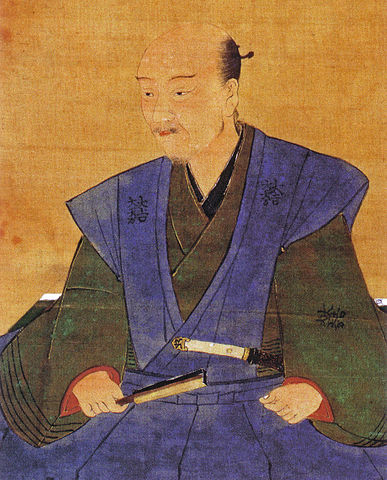
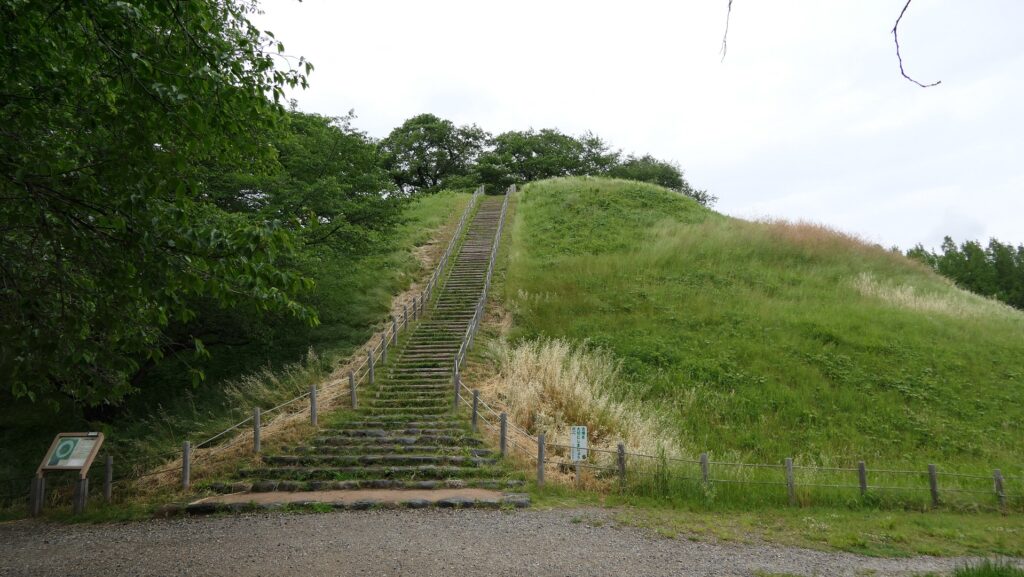
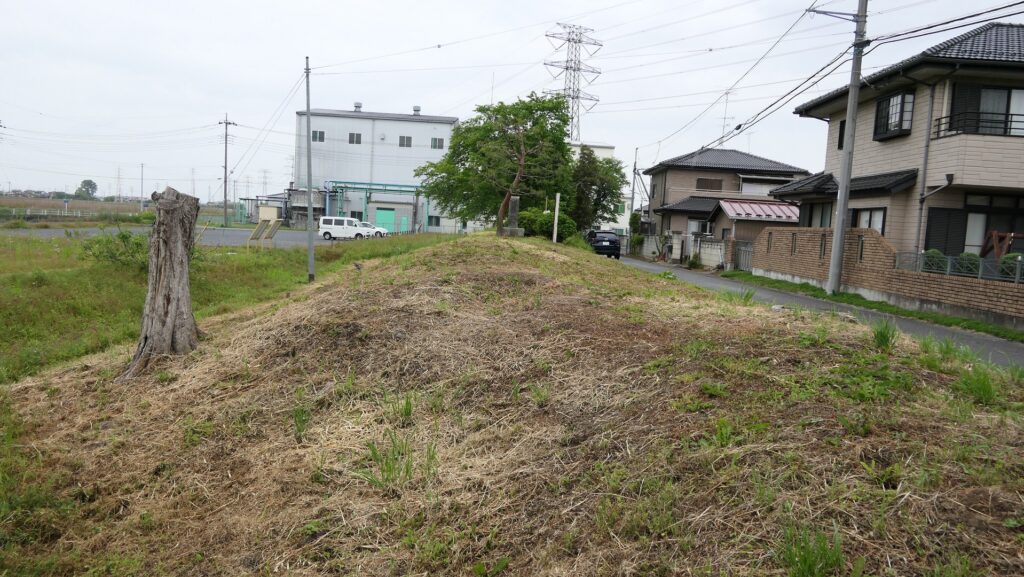
It is uncertain if his attempt was successful according to some records in which the defenders secretly cut part of the banks to drain water drowning some attackers. The fact is that when the supporting lords tried to assault the castle, Hideyoshi ordered them to stop it and continue the inundation. The siege lasted for about a month, however, the castle couldn’t be beaten until the master Hojo surrendered in Odawara Castle. The castle has been nicknamed “a floating castle” of “a turtle castle” which probably originate from what the castle looked like in the siege.
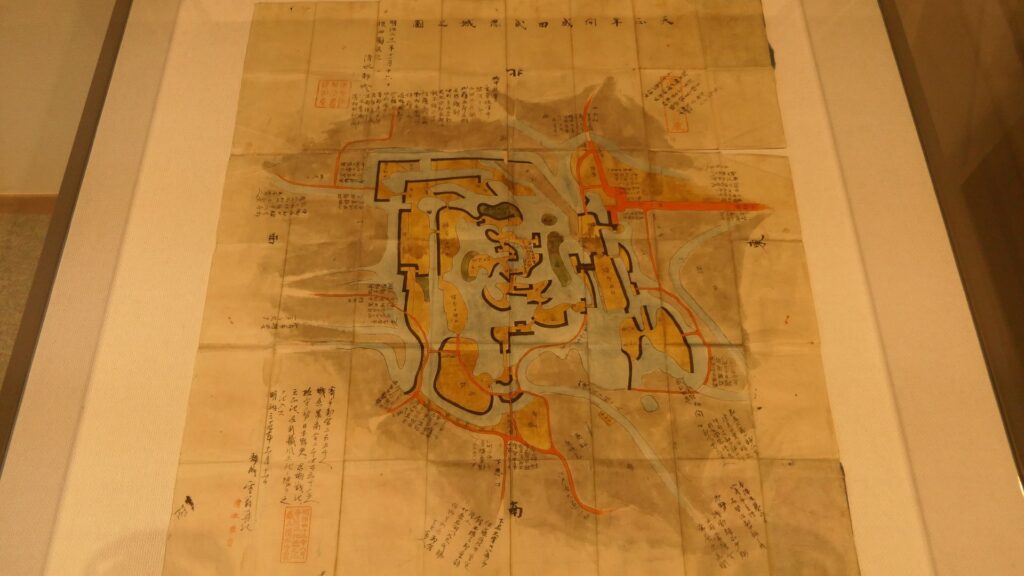
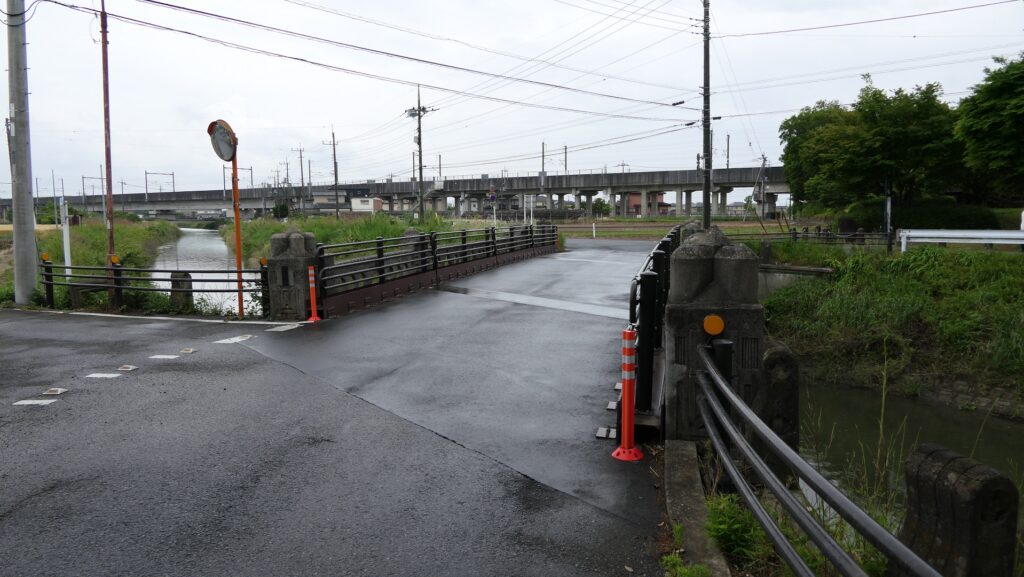
Castle becomes important defense site for Edo
In the Edo Period, Oshi Castle was governed by relatives or hereditary vassals of the shoguns as the Oshi Domain. This was because this castle was located in an important defensive site for Edo Castle, the shogun’s home base in the south. It is said that the Abe Clan, which often became members of shogun’s council of elders, completed the castle. They still used the basic structures of the castle as the island-like enclosures among the moats and marshes. However, they improved the castle’s defense systems more by building the three-level turret (similar to the Main Tower), other turrets and gates. The castle and domain were finally followed by the Okudaira-Matsudaira Clan, whose origin was the son of Nobumasa Okudaira who contributed to Ieyasu Tokugawa, the founder of the shogunate, in the Battle of Nagashino Castle and was married with Ieyasu’s daughter. They were trusted in and ordered by the shogunate to guard the No.3 Shinagawa Battery facing Edo Bay to prepare for possible threat to Western battleships at the end of the Edo Period.

